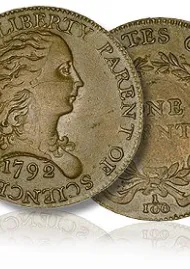Hamilton and American Finance

Alexander Hamilton made monumental contributions to the American financial system during his tenure as the first Secretary of the Treasury from 1789 to 1795. At a time when the United States lacked the basic elements of a modern financial system, Hamilton implemented a comprehensive financial revolution. He established sound public finances by instituting tax revenues to pay government expenses and the national debt, creating stability and credibility for the U.S. government. His plan led to the creation of the Treasury bond market, which remains the largest of its kind globally. He also introduced a stable currency, the U.S. dollar, standardized in terms of gold and silver weights, and initiated the production of U.S. coins.
Hamilton founded the first central bank, the Bank of the United States (BUS), which catalyzed the proliferation of state-chartered banks from three in 1789 to dozens by 1805. This banking system provided necessary credit and stimulated economic growth. Hamilton's efforts also established active securities markets in major cities, allowing for regular trading and price quotations of federal debt securities and other financial instruments.
Additionally, Hamilton's financial reforms encouraged the chartering of numerous business corporations, expanding corporate enterprise and further driving economic development. His policies laid the foundation for a strong federal government with solid public credit and a rapidly growing economy fueled by investment and equity. Despite significant opposition and controversy, Hamilton’s financial revolution proved pivotal in transforming the fledgling nation’s economy, positioning the United States for future prosperity.